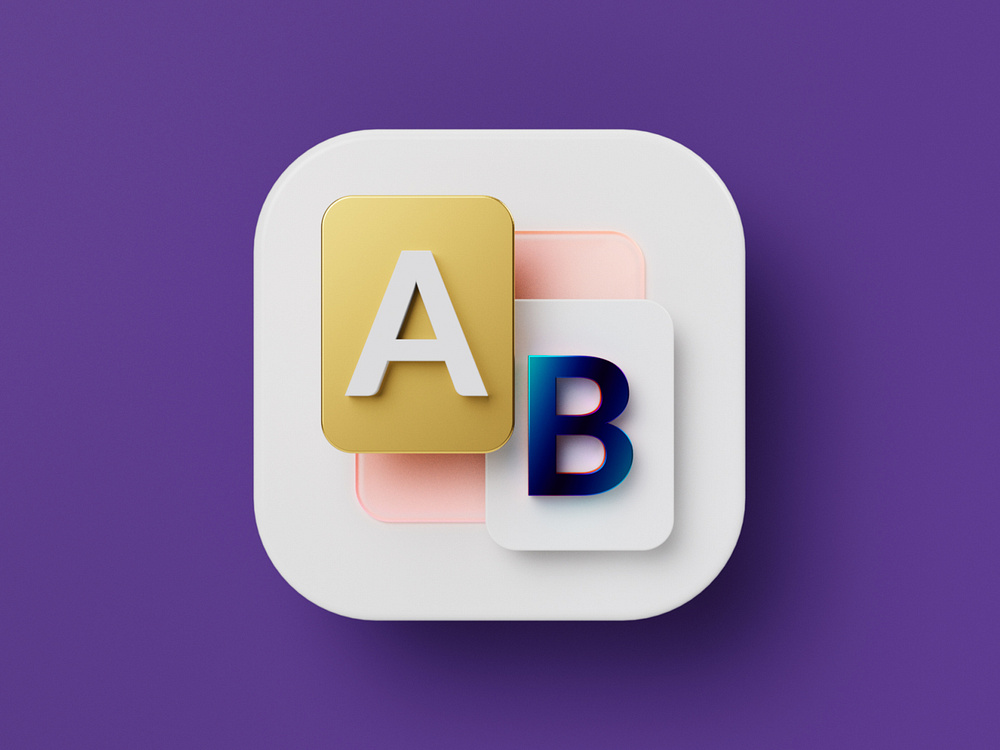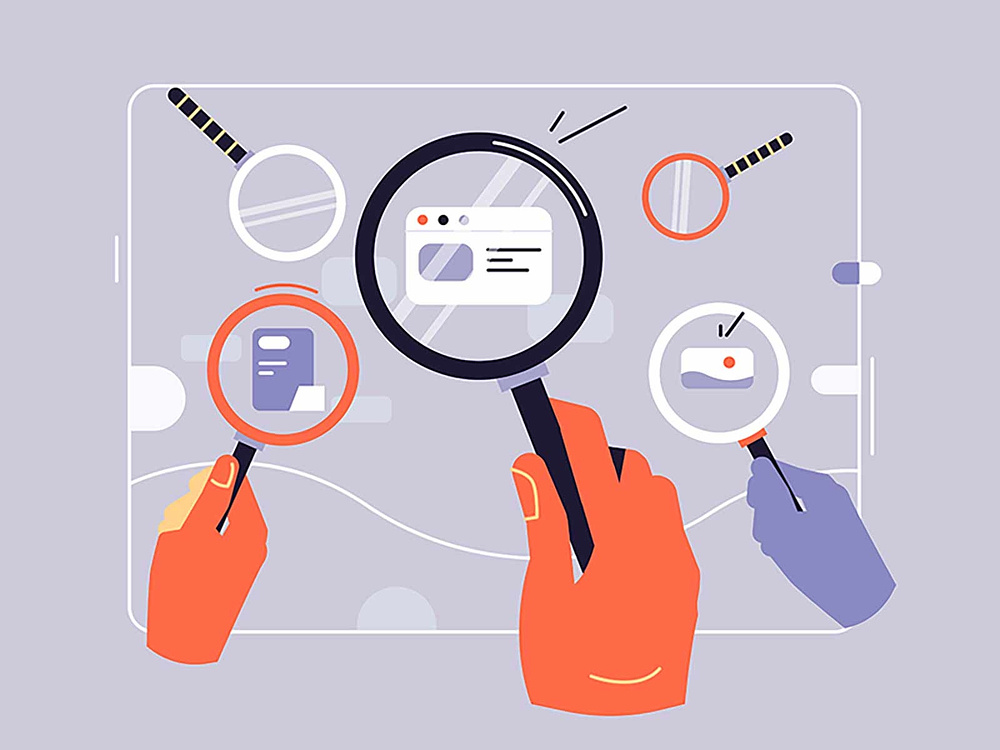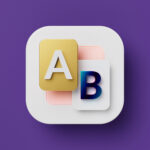In the competitive world of digital marketing, mastering the art of A/B testing for landing pages is essential for achieving optimal results. A/B testing, also known as split testing, is a powerful conversion optimization technique that allows businesses to compare two versions of a landing page to determine which one performs better. By leveraging A/B testing, you can enhance your landing page optimization efforts, boost conversions, and ultimately drive more revenue.

What is A/B Testing?
A/B testing involves creating two versions of a landing page (version A and version B) and splitting your audience between them to see which one performs better. Each version should have a single, clearly defined variable that differentiates them. This variable could be anything from the headline, call-to-action (CTA) button, images, or even the overall layout. By measuring the performance of each version, you can identify which changes lead to higher conversion rates.

Why is A/B Testing Important for Landing Page Optimization?
A/B testing is a crucial component of landing page optimization for several reasons:
Data-Driven Decisions: A/B testing provides concrete data on what works and what doesn’t. Rather than relying on gut feelings or assumptions, you can make informed decisions based on actual user behavior.
Improved Conversion Rates: By testing different elements of your landing page, you can identify the most effective design and content choices, leading to higher conversion rates.
Reduced Bounce Rates: Optimizing your landing page through A/B testing can reduce bounce rates by creating a more engaging and relevant user experience.
Enhanced User Experience: A/B testing helps you understand your audience’s preferences and tailor your landing page to meet their needs, resulting in a better overall user experience.

Steps to Master A/B Testing for Landing Pages
1. Define Your Goals
Before starting an A/B test, clearly define your goals. What do you want to achieve? Common goals include increasing sign-ups, boosting sales, or reducing bounce rates. Having a clear objective will help you measure the success of your tests.
2. Identify Variables to Test
Choose one variable to test at a time. This could be the headline, CTA button, images, or form fields. Testing one variable at a time ensures that you can pinpoint exactly what is driving changes in user behavior.
3. Create Hypotheses
Develop hypotheses for how the changes you make will impact user behavior. For example, if you’re testing a new headline, your hypothesis might be, “Changing the headline to emphasize benefits will increase sign-ups.”
4. Design Your Test
Create two versions of your landing page: the control (version A) and the variation (version B). Ensure that only the variable you’re testing differs between the two versions.
5. Split Your Audience
Use an A/B testing tool to randomly split your audience between the two versions. This ensures that the test results are not biased by factors such as time of day or user demographics.
6. Collect Data
Run the test for a sufficient period to collect enough data. The duration will depend on your traffic volume and the significance of the results. Avoid ending the test too early, as this can lead to inaccurate conclusions.
7. Analyze Results
Analyze the performance of both versions based on your predefined goals. Look for statistically significant differences in conversion rates, bounce rates, and other relevant metrics.
8. Implement the Winning Version
Once you’ve identified the version that performs better, implement it as the new standard landing page. Continue to monitor its performance and consider running further tests to optimize additional elements.
9. Iterate and Optimize
A/B testing is an ongoing process. Continuously test new variables and iterate on your landing page design to keep improving your conversion rates and user experience.
Best Practices for A/B Testing
- Test One Variable at a Time: To accurately determine what affects user behavior, focus on one variable at a time.
- Run Tests Simultaneously: Conduct A/B tests simultaneously to avoid external factors influencing the results.
- Use a Large Sample Size: Ensure you have a large enough sample size to achieve statistically significant results.
- Be Patient: Allow the test to run long enough to collect meaningful data, especially if you have low traffic volume.
- Learn from Failures: Not every test will yield positive results. Learn from unsuccessful tests to refine your hypotheses and future tests.
Ending The Note
Mastering the art of A/B testing for landing pages is a critical skill for any digital marketer aiming to optimize conversions. By following a systematic approach and focusing on data-driven decisions, you can continuously improve your landing page performance and achieve your business goals. Embrace A/B testing as an essential part of your landing page optimization strategy, and watch your conversion rates soar.




